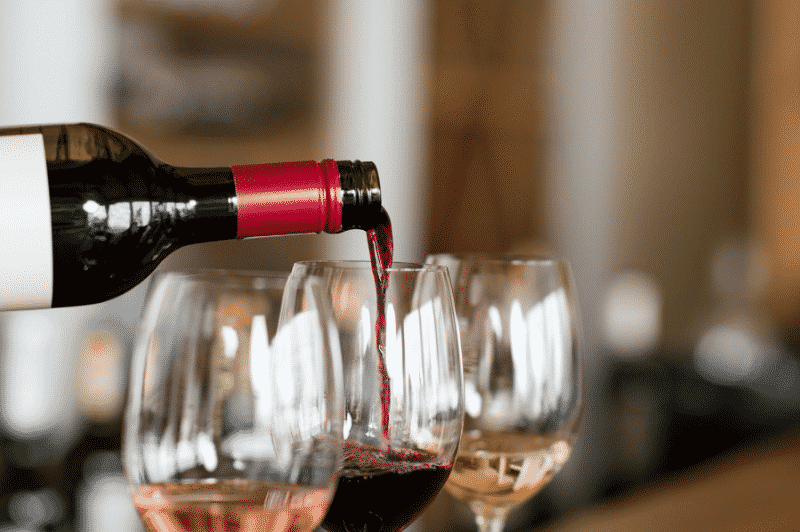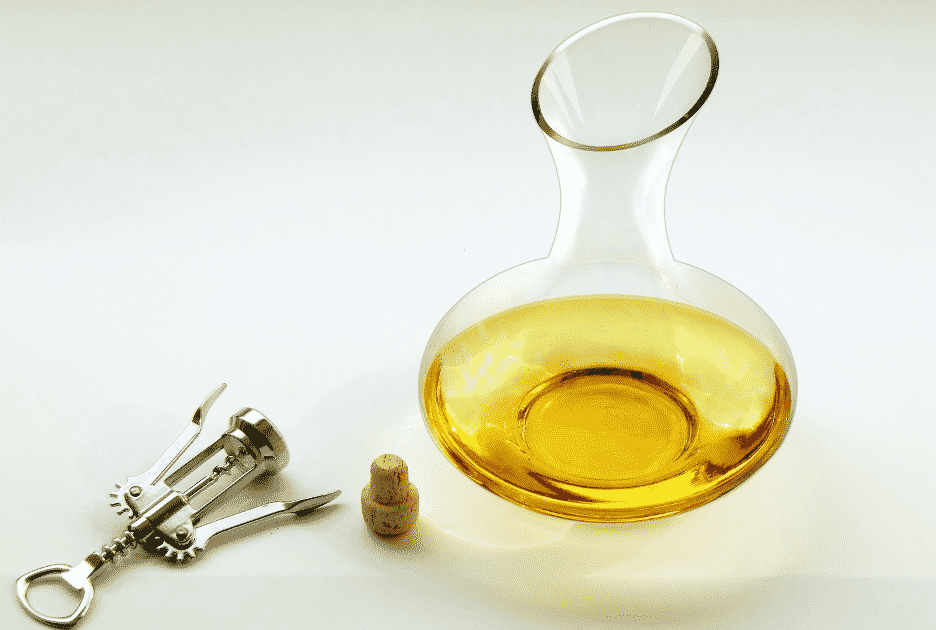We understand. You have questions about wine, and we may have some answers.
It’s all too easy to be intimidated by the complexities surrounding wine. We’re not naming names, but some people might be tempted to choose a bottle with the prettiest label to avoid confusion around quality, varietals, vintages, and pairings.
At the end of the day, wine tasting boils down to knowing what you like and using your own words to describe what you’re tasting. It’s much harder to remember someone else’s jargon.
We pulled together 7 frequently asked questions about wine for all you wine enthusiasts. If you still want to learn more, book your wine-tasting class at the Davidson Village Inn this fall.
1. Why do you smell and swirl wine before you take a sip?
Tasting wine has 3 basic steps.
- First, you look at the color by tilting the glass and peering into the circle of wine, preferably against a white paper or napkin. The color is more intense in the center and becomes lighter around the edge. The color reveals much about the wine, including varietals and aging.
- The next step is to swirl the wine in order to aerate the wine with oxygen. As you observe how the wine drips down the glass you can appreciate its legs (also called tears). Legs reveal both sugar and alcohol content.
- Lastly, tasting starts with the smell. That’s why it’s important to take a big noseful of the wine’s fragrance and put words to what you’re smelling. Sommeliers will usually use fruit, floral, and earthy aromas to describe the expression of the wine.
2. Why do wine bottles come in different colors?
The color of the wine bottles varies in order to protect the wine from oxidizing in sunlight, which can damage its flavor and cause it to go off. Although clear rosé bottles are lovely, it’s a good idea to store them away from the scorching hot summer rays, preferably in the fridge or the white wine section of a wine cooler.
3. What does it mean when a wine is dry?
The wine is dry when it’s not sweet. It leaves a dusty feeling on the tip of your tongue. Some people like that taste. Sweet wine is not necessarily a bad wine and vice versa, each wine has a different expression and can serve an ideal experience and/or pairing purpose.
4. Can wine experts really taste the difference between expensive wines and cheap wines?
Yes, most wine experts completely refute the myth that you can’t taste the difference between expensive wines and cheaper wines. They can differentiate what makes a wine more expensive by sensing its balance, length, intensity, complexity, varietal correctness, vintage, and location. The different micro-terroirs of where the grapes are cultivated, production size, the winemakers’ reputation, regional classification, demand, and other factors influence the wine’s price point.
5. Is it ever OK to drink wine from a can or a box?
Sure. When you’re on a boat or chilling poolside, you can’t bring glass because it’s too fragile, and broken glass is scary. These days many respectable wines are sold in cans.
6. Why is a wine decanter necessary?
In many cases, airing out a bottle of wine will allow the wine to open up and provide a better aroma and taste. Decanters are also a great way to isolate sediment in older wines. There are many ways to aerate or decant wines, from bottle attachment gadgets to traditional decanters and even a blender can be used to fulfill the purpose.
The objective is to pour the wine into a glass vessel that’s usually blown at an angle to increase the surface area of the wine, thereby introducing as much oxygen to the wine as possible. There are many beautiful decanters on the market.
7. Can you suggest some easy wine pairings that would upgrade our weeknight meals?
Yes, here are a few simple pairing tips.
- If you’re having spicy foods, try some of the sweeter fruitier wines as a bright and appealing counterpoint.
- Red meat and bolder red wine are a classic pairing, like a seared steak with a great Cabernet Sauvignon.
- Seafood accompanied by an Albarino or Sauvignon Blanc makes a great balance.
- Lobster with Chardonnay is always welcome.
- It makes sense to have sparkling wine with appetizers.
- Here are more ideas.
If you still have questions about wine, come to Davidson Village Inn and deepen your knowledge with us. Book the Innkeeper’s Selection Custom Wine Flight package to get started. Start planning your trip now!





